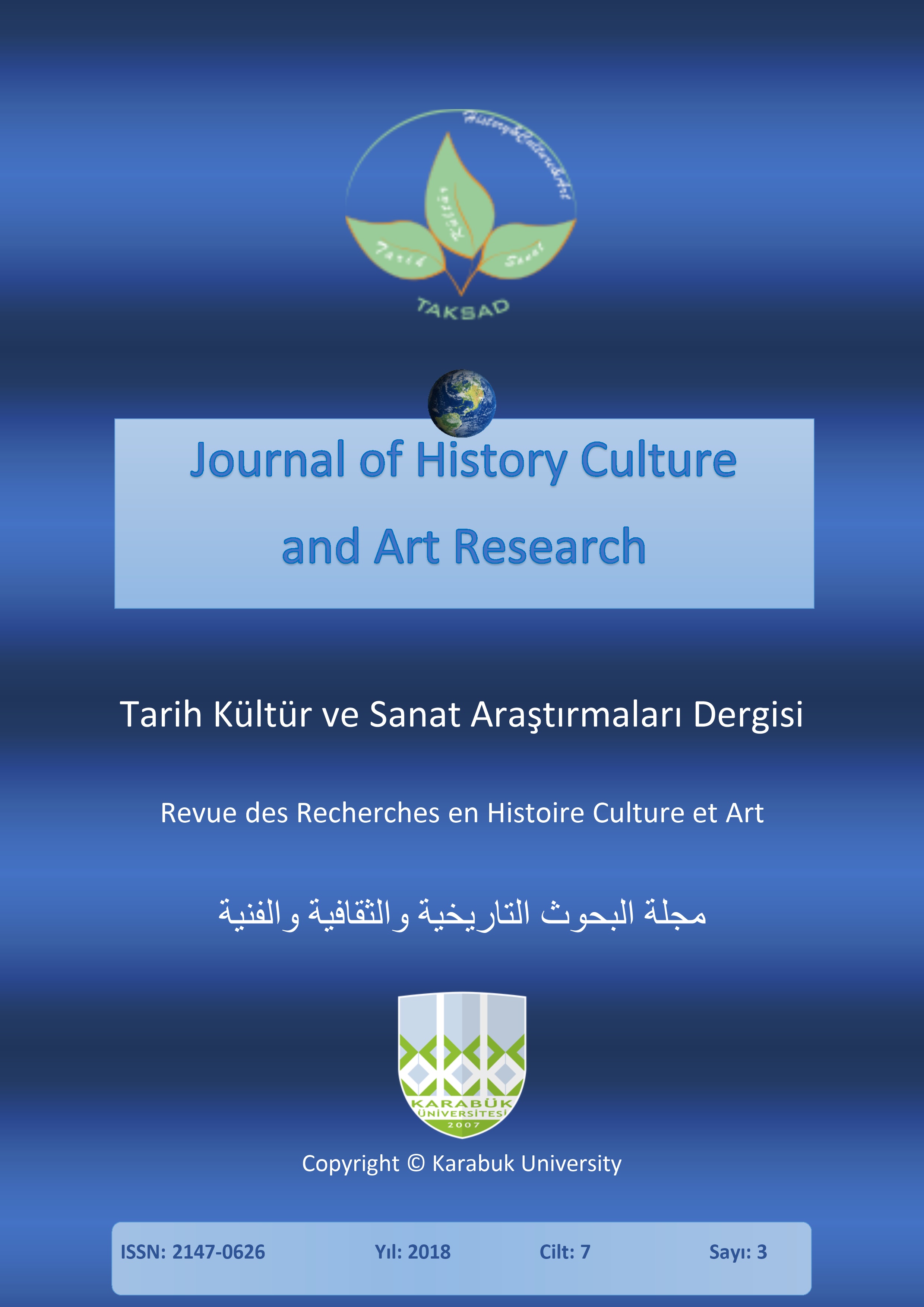Can BISP be used for Poverty Reduction?
DOI:
https://doi.org/10.7596/taksad.v7i3.1643Keywords:
Poverty, Poverty reduction, Poverty alleviation, Benazir income support program, BISP, Pakistan.Abstract
The overall purpose of this research is to understand the dynamics of the social safety nets (Benazir Income Support Program, BISP) under the present circumstances of Pakistan, the role in the economy, the designing of the program and impact on poverty alleviation. The further the study evaluates if the program BISP has achieved its objectives and analyses its designing, payment mechanism, targeting techniques, the capacity and quality of the organization. This research implements a mix of qualitative and quantitative techniques. For the quantitative part, the researcher conducted a field study to collect data. The specific objectives of the study may be summarized as to make a thorough review of different social safety nets being run in different countries across the globe with special reference to Pakistan; to analyse the benefits of the program and to see how these could be maximized; and to find out the gaps in the current social safety net program (BISP) and to improve it through provisioning of policy measures and recommendations.
References
Adams, L. & Kebede, E. (2005). Breaking the Poverty Cycle: A Case Study of Cash Interventions in Ethiopia. London: Humanitarian Policy Group
Ahmed, A. U. & Bouis, H. E. (2002). Weighing What’s Practical: Proxy Means Tests for Targeting Food subsidies in Egypt. Food Policy, 27, 519–540.
Alderman, H. (2002). Price and Tax Subsidization of Consumer Goods. Social Safety Net Primer Series. World Bank.
Barrett, C. B.; Holden, S. & Clay, D. C. (2004). Can Food-for-Work Programmes Reduce Vulnerability? Discussion Paper # D-07/2004. Department of Economics and Resource Management, Agricultural University of Norway.
Constitution of Pakistan (1973). Chapter 2, Article 38.
Heinrich, C. J. (2005). Demand and Supply Side Determinants in Conditional Cash Transfer Program Effectiveness: Improving the First Generation Programs. University of Wisconsin Madison. La Follette School of Public Affairs and Institute for Research on Poverty.
Hoffmann, C. H. (2005). Cash Transfer Programmes in Afghanistan: A Desk Review of Current Policy and Practice. London: ODI.
Irfan, M. (2003). Poverty and social safety nets: A Case study of Pakistan.
Jinnah, M. A. (1943, January). Speech presented at session of All India Muslim League, New Delhi.
PSLM Survey 2011 (2011). Federal Bureau of Statistics, Islamabad.
The World Bank (2009). Poverty Assessment Report.
The World Bank (2010). Country strategy paper Pakistan.
Downloads
Published
How to Cite
Issue
Section
License
All papers licensed under Creative Commons 4.0 CC-BY.- Share — copy and redistribute the material in any medium or format
- Adapt — remix, transform, and build upon the material for any purpose, even commercially.
Under the following terms:
Attribution — You must give appropriate credit, provide a link to the license, and indicate if changes were made. You may do so in any reasonable manner, but not in any way that suggests the licensor endorses you or your use.
- No additional restrictions — You may not apply legal terms or technological measures that legally restrict others from doing anything the license permits.







